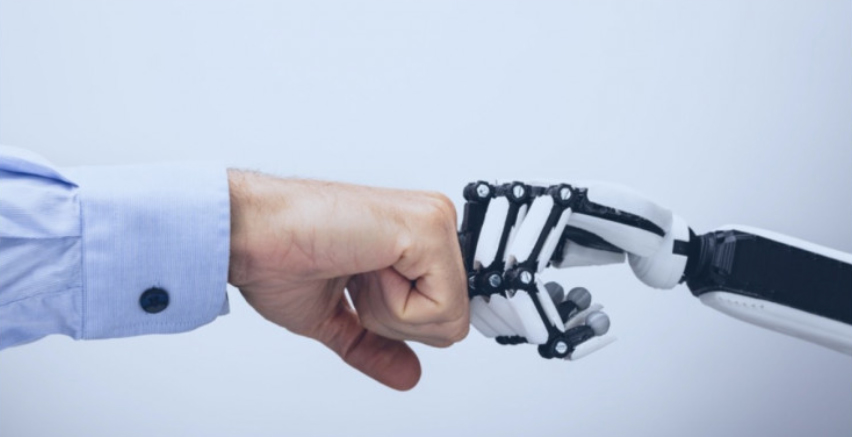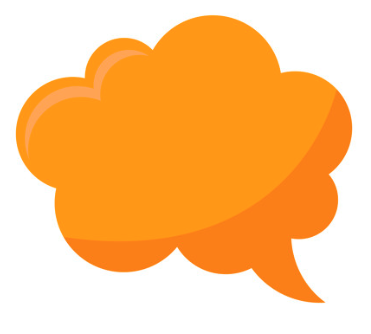Be the first to hear our latest news
Is Human + Machine Collaboration Possible?
Oct 16, 2019
From robots that share our environment and smart homes, to supply chains that think and act in real-time, forward-thinking companies are using AI to innovate and expand their businesses more rapidly than ever.
This is a time of change and change happens fast. Those able to understand that the future includes living, working, co-existing, and collaborating with AI are set to succeed in the coming years. On the other hand, those who neglect the fact that business transformation in the digital age depends on human and machine collaboration will inevitably be left behind.
Humans and machines can complement each other resulting in increasing productivity and is paramount for organisations. Having the right mindset for AI means being at ease with the concept of human + machine, and leaving the mindset of human vs machine behind.
AI is regenerating the workplace
AI is creating brand new roles and opportunities for humans, and is regenerating the concept and meaning of work in industrial settings in the following ways:
- Increased flexibility
- Faster production lines
- The ability to operate on a bigger scale
- More informed decision making
- Greater Personalisation
AI will create new roles and opportunities
Of course, some roles will naturally come to an end, however, the changes toward human and machine collaboration require the creation of new roles and the recruiting of new talent.
Robotics and AI will replace some jobs, liberating humans for other kinds of tasks many that do not yet exist. In many cases, AI is freeing up human creativity, letting people work more like humans and less like robots.
Re-evaluating the workplace is critical
Re-evaluating the workplace will become necessary in order for machines and humans to co exist.
In “Human + Machine: Reimagining Work in the Age of AI”, Paul Daugherty and H. James Wilson identify eight fusion skills that will become necessary for the workplace:
- Rehumanising time: People will have more time to dedicate toward more human activities, such as increasing interpersonal interactions and creativity.
- Responsible normalising: It is time to normalise the perception of human and machine interaction as it relates to businesses, and society as a whole.
- Judgment integration: Machines may not be capable of making some decisions. In this case, humans must be prepared to sense how and when to step in and provide input.
- Intelligent interrogation: Humans must have the ability to ask machines smart questions.
- Bot-based empowerment: Bots can help people be more productive and become better at their jobs, extending human capabilities and reinventing business processes.
- Holistic (physical and mental) melding: The full reimagination of business processes only becomes possible when humans create working mental models of how machines work and learn, and when machines capture user-behaviour data to update their interactions.
- Reciprocal apprenticing: In the past, people learned how to use machines, but now machines are learning from humans, and humans learn again from machines.
- Relentless reimagining: This is the ability to reimagine how things currently are—and to continue reimagining how AI can improve work processes etc.
The authors propose a continuous circle of learning, an exchange of knowledge between humans and machines.
(Extracts from “Human + Machine Collaboration: Work in the Age of Artificial Intelligence”, Interesting Engineering, Sept 28th 2019)
Plunkett Associates thoughts…
In my apprenticeship a human taught me to use a ‘dumb’ machine, in a single generation we have moved to the potential of the machine deciding what you need to know and how that information is best presented to extract the quickest response. The potential power of the technology is really only now limited by our ability to imagine, we are becoming the limitation!
















